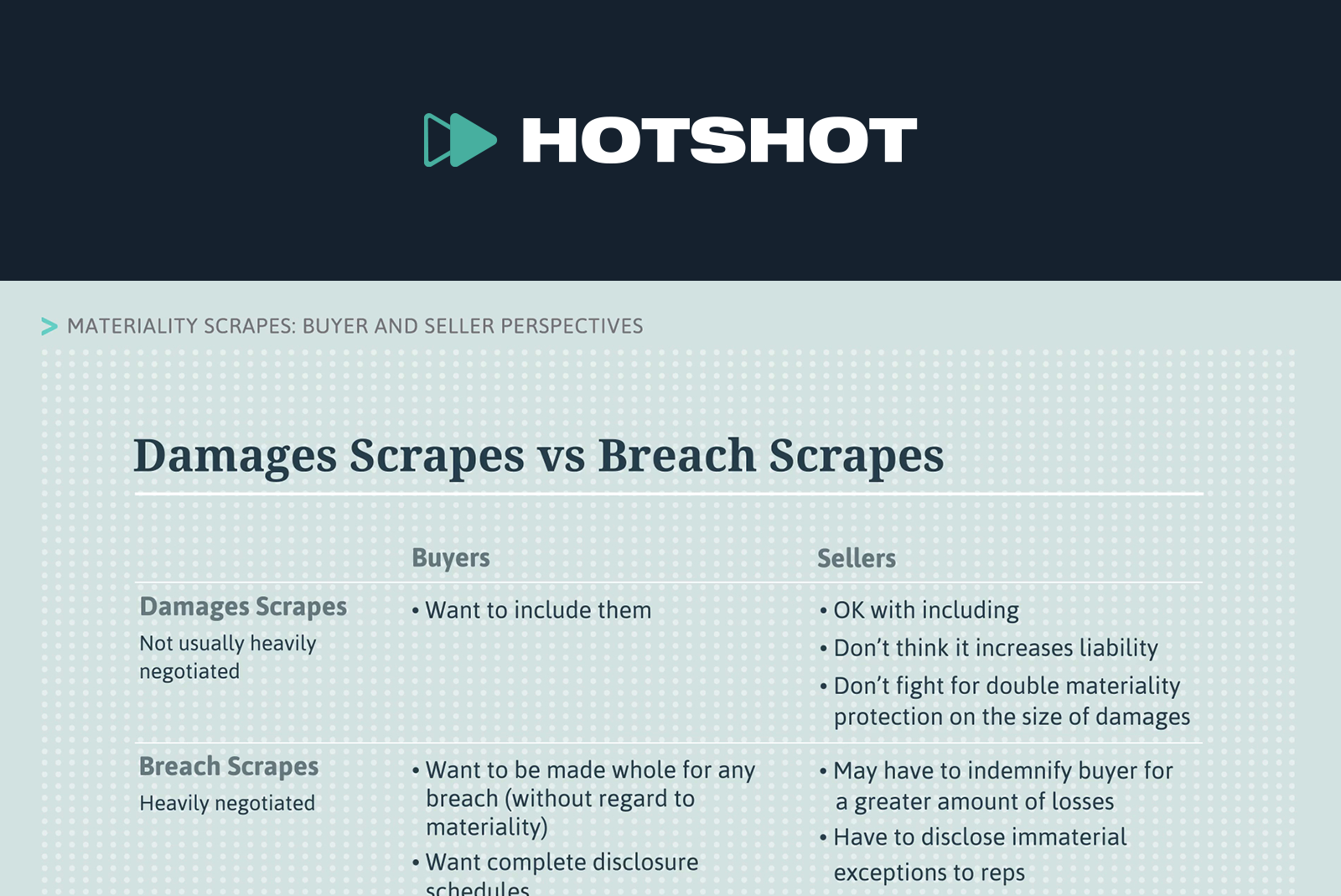This article is related to a Showcase CLE program that took place at the ABA Business Law Section’s Hybrid Spring Meeting on Thursday, April 27, 2023. All Showcase CLE programs were recorded live and will be available for on-demand credit, free for Business Law Section members.
On March 10, 2023, Silicon Valley Bank (SVB) was put into FDIC receivership, and at that time it was unclear exactly what process the regulators would follow.
Over the course of the weekend, we learned that the FDIC had created the Deposit Insurance National Bank of Santa Clara and transferred to it all insured deposits of SVB. On March 12, Treasury Secretary Janet Yellen, after consulting with President Joseph Biden, granted a “systemic risk exception” that allows for all depositors—both insured and uninsured—to be protected. The FDIC approved the “systemic risk exception” for SVB and announced that it was transferring all deposits, both insured and uninsured (notably, the systemic risk exception does not protect unsecured creditors or shareholders of SVB), and substantially all assets of SVB to a newly created “bridge bank.” (A bridge bank is used by the federal regulators to run a failed or insolvent bank until it can be sold or liquidated.) The FDIC engaged former Fannie Mae CEO Tim Mayopoulos to lead the FDIC-created SVB bridge bank.
Also on March 12, the Bank Term Funding Program (BTFP), which is a broad-based lending program, was announced. The Federal Reserve’s website explains that under the BTFP it will make available additional funding to banks “to help assure banks have the ability to meet the needs of all their depositors.” The BTFP will offer loans of up to one year in length to banks pledging qualifying assets as collateral. These assets will be valued at par. The BTFP is designed to be an additional source of liquidity against high-quality securities, which means that a bank will not need quickly to sell those securities in times of stress.
There are provisions of the Federal Deposit Insurance Act that do not require parties to consent to the transfer of assets to a bridge bank; rather, it is done by operation of law. A bridge bank follows a “business as usual” approach, and the FDIC expects all contracts entered into with SVB to be performed by counterparties. The complex receivership framework can impact a particular contractual relationship, but clearly there is the authority under the FDI Act and an expectation that SVB’s business will continue in the SVB bridge bank. Not every receivership will involve a bridge bank, but SVB’s receivership does.
Some of the counterparties who will encounter the bridge bank will be lenders under SVB credit agreements. The specific language of each of those credit agreements will need to be examined, but the LSTA’s form of Defaulting Lender Language (DLL), which is included in the LSTA’s Model Credit Agreement Provisions (MCAPs), is typical. The LSTA’s DLL defines a “defaulting lender” as follows:
“Defaulting Lender” means, subject to Section 6.02, any Lender that… (d) has… (ii) had appointed for it a receiver… including the Federal Deposit Insurance Corporation or any other state or federal regulatory authority acting in such a capacity.
Article 6 of the MCAPs then sets out the “Defaulting Lender Adjustments” and “Waterfall.” Under the LSTA’s DLL, the trigger for SVB becoming a “defaulting lender” was met when SVB went into receivership; however, the FDI Act has displacing provisions that work to ensure that the ipso facto consequences set out in a credit agreement, which would otherwise apply, are ineffective. The mere appointment of the receiver and the assignment and transfer of loans and commitments to the SVB bridge bank thus do not give rise to enforceable rights unless the SVB bridge bank fails to perform in a different manner. The mere fact of the establishment of the SVB bridge bank does not make it a defaulting lender; the SVB bridge bank is not, itself, in receivership.
The MCAPs provide mechanics for handling the interests of a defaulting lender under a credit agreement. For example, they provide a detailed reallocation of participations in a defaulting lender’s letter of credit obligations as follows:
Reallocation of Participations to Reduce Fronting Exposure. All or any part of such Defaulting Lender’s participation in L/C Obligations and Swingline Loans shall be reallocated among the Revolving Lenders that are Non-Defaulting Lenders in accordance with their respective Applicable Percentages (calculated without regard to such Defaulting Lender’s Revolving Commitment) but only to the extent that such reallocation does not cause the aggregate Revolving Credit Exposure of any such Non-Defaulting Lender to exceed such Non-Defaulting Lender’s Revolving Commitment. Subject to Section [Acknowledgment and Consent to Bail-in of Affected Institutions], no reallocation hereunder shall constitute a waiver or release of any claim of any party hereunder against a Defaulting Lender arising from that Revolving Lender having become a Defaulting Lender, including any claim of a Non-Defaulting Lender as a result of such Non-Defaulting Lender’s increased exposure following such reallocation.
Thus, for example, if SVB is a participant in a letter of credit, the LSTA’s DLL requires reallocation among the other revolving lenders of the defaulting lender’s share; however, that will now not apply in this situation with SVB—reallocation should not arise. The MCAPs do not discuss a receivership situation where a bridge bank has been set up, and that is typical of credit agreements; they would not go into that type of detail.
No one knows what process the FDIC would have chosen to follow had they more time to prepare. They may have opted for a 2008 Washington Mutual–type of sale like that which took place during the Global Financial Crisis—but the bridge bank is what they were able to put in place on such short notice. Thus, while there are parallels to situations that arose during the Global Financial Crisis, no situation is identical or uniform.














